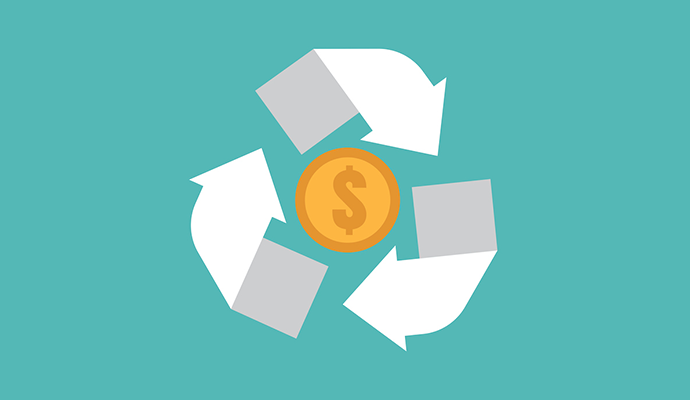Electronic Payment Adoption Key to Healthcare Industry Savings
Electronic payments save the healthcare industry millions, but their increased use could lead to even more savings.

Source: Getty Images
- The majority of the healthcare industry has taken to digitizing payments over the past few years. Still, ample opportunities remain for providers and plans to significantly reduce costs and realize savings, according to the CAQH 2020 Index.
In 2020, the adoption of claim payments using fully electronic transactions by medical plans reached 71 percent, up a single percentage point over the previous year. Between 2016 and 2018, adoption remained relatively flat, hovering between 60 and 63 percent. While the figures signal progress, millions of dollars are being left on the table.
In 2020, the estimated national volume of claim payments made electronically reached 789 million, up from 764 million in 2018 and 514 million in 2018. Conversely, the estimated national volume of manual claim payments rose sharply from 195 million in 2019 to 339 million in 2020. Between 2018 and 2019, the volume of manual payments saw a sharp decline from 298 million to 195 million. The upward trend in manual payments signals a significant opportunity to generate savings and improve the efficiency of payments from payers to providers.
Based on year-over-year analysis, the medical industry spent 28 more processing claim payments in 2020 than in 2019. “An increase in manual claim payment costs for medical providers coupled with increasing volumes drove the overall rise in medical industry spending,” the authors reported.
Increased spending on manual transactions continues to prevent the medical industry from achieving greater savings and increased efficiency. The CAQH 2020 Index estimates that the medical industry could see savings of $426 million through the use of electronic fund transfers (EFTs). And electronic claim payments can reduce the amount of processing time considering that paper checks take on average six minutes to complete compared to four minutes for EFTs.
“This cost savings opportunity represents three percent of the overall medical savings opportunity. Despite the increase in potential cost savings from further automation, the medical industry has already avoided spending $963 million annually by switching from paper checks to EFTs,” the report states.
Produced by Council for Affordable Quality Healthcare (CAQH) since 2011, the annual index serves as an industry resource about the state of health plan and provider adoption of fully electronic administrative transactions, including those mandated by HIPAA:
- Eligibility and benefit verification
- Prior authorization
- Claim submission
- Attachments
- Acknowledgments
- Coordination of benefits
- Claim status inquiry
- Claim payment
- Remittance advice
“Tracking adoption and the cost savings opportunities is essential for assessing the progress and momentum of an ongoing transition that now spans more than two decades,” the organization states. “By benchmarking progress, industry and government can more easily identify barriers that may be preventing stakeholders from realizing the full benefit of electronic administrative transactions. These insights can prompt new initiatives and reduce barriers.”
The shift to electronic transactions has the potential to create massive savings for the healthcare industry, considering that $372 billion is spent on administrative complexity. The transition alone to fully electronic transactions monitored by CAQH could save the industry a whopping $16.3 billion, 42 percent of current annual spending).
As noted by the authors of the latest report, automation of administrative transactions has saved the medical and dental industries $122 billion yearly.
“While the industry continues to make progress automating administrative tasks, opportunities remain,” they explained. “Although electronic transactions have become more efficient, transactions that continue to be processed through partially electronic web portals and manual methods are becoming more expensive and time consuming. To address these automation gaps, standards and operating rules need to be updated more frequently to adapt to changing business needs.”
Payers must further encourage providers to use their electronic payment systems by communicating the potential improvements in efficiency and speed of reimbursements.
